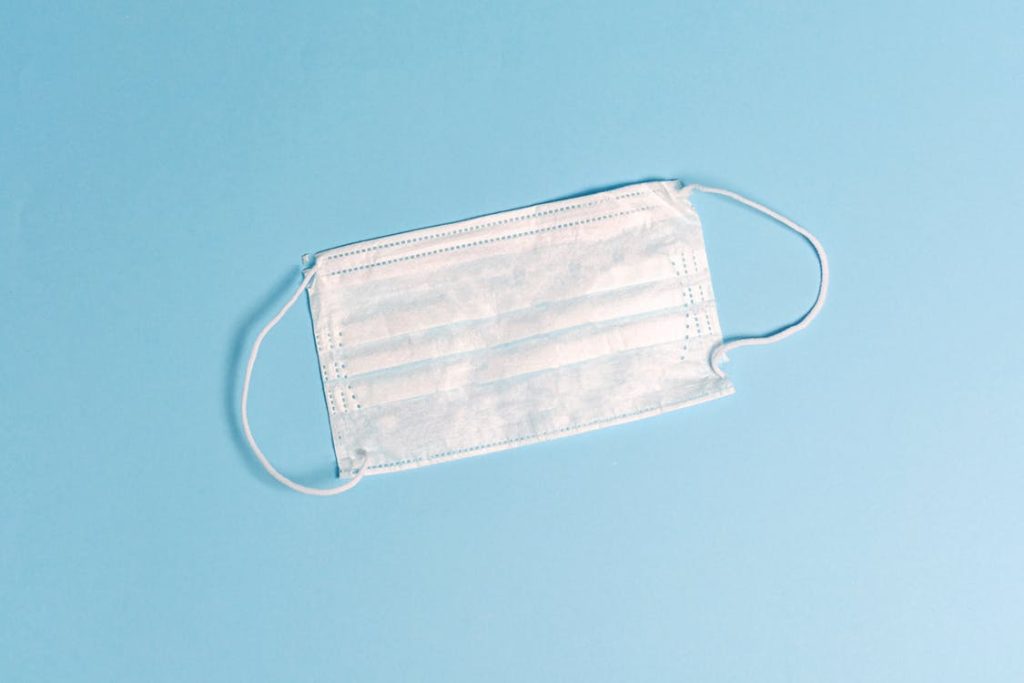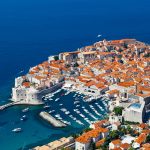The new eased measures, created by the Headquarters and the Government’s reflection, will be valid until 28 February.
An epidemiologically, but also sociologically and psychologically justified approach
“We know how the situation can get worse in a short time. We don’t expect this, but we must be careful. In the last seven days, we’ve even managed to get into third place in terms of incidence in Europe. But our primary interest is to lower the numbers of new infections so that, compared to other EU members, we now have the least stringent measures in Europe, which means that this effort is paying off. We must not relax totally, and just because we didn’t do so before, we’re able to ease some measures now.
February 28th is going to be here in less than two weeks, and from today we’ll be thinking about measures that could be further relaxed if the trends remain like this. We don’t know what that’s all going to look like at the moment. Still, we’re going to closely monitor everything that is happening, especially in regard to to the new variants, where the profession, primarily epidemiologists, have an essential role,” said Božinović.
He added that they’re advocating for a gradual approach that is epidemiologically but also sociologically and psychologically justified. From day one, they’ve been trying to learn as much as possible about the virus and society’s behaviour, and they’re also taking a new strain of the novel coronavirus and its appearance in Croatia into consideration. He spoke about the easing of the country’s measures in five categories.
The delivery of food, beverages, and desserts from catering facilities:
Those who pick up food and beverages must not stay on the terraces and in front of the buildings or enter the buildings. While waiting in line, they should maintain space between each other and wear masks. Staying in front of the building shouldn’t be encouraged by things like playing music, the terraces should be fenced off, and tables should be removed or arranged in a way that they can’t be used. Notices must be posted on facilities prohibiting entry, the maintaining of social distancing, and so on.
2. Gyms and fitness centres:
The maximum number of people inside – one person pet 20 square metres – should be taken into account, as well as proper ventilation. If the building doesn’t have such artificial ventilation, the premises should be ventilated every ten minutes. Exercise machines should be disinfected after each use. Users are allowed to use only their own towels and gym mats etc. They should avoid close contact and maintain a distance of four metres between each other. The use of shared showers is still prohibited. A list of such users must be kept, and masks must be worn on arrival and checkout, as well as during registration.
3. Language schools:
It’s necessary to limit the number of users per group to maintain a distance of two metres. In addition, masks are mandatory. Lecturers/teachers must keep their distance from the participants/students, wear a mask or separate themselves totally plexiglas, they must also measure temperatures. A list of participants should be kept here, too.
4. Children’s workshops and playrooms:
It’s necessary to limit users to one person per seven square metres and highlight that notice at the facility’s entrance. You should maintain a distance and wear masks, ensure disinfection, as well as the proper disinfection of devices and toys, and of course, measure people’s temperatures when they enter.
5. Slot machine clubs, bookmakers, and casinos:
Betting places/bookmakers – epidemiological measures apply here in the same way as they do for stores, depending on the facility’s size. The number of people entering should be limited. Users should wear masks and keep a distance from each other, staff also, who should be separated from users with plexiglas, and they should disinfect the facility.
Slot clubs and casinos – the number of users should be limited to one user per seven metres of gross usable space. The catering part of these facilities must be closed off. Catering services can’t be provided in such facilities.
When asked why children who train indoors still cannot go to their training, and bookmakers are allowed to work, epidemiologist Bernard Kaić answered, but before that, Božinović pointed out:
“Graduality means that we can’t let everything open at once. We’re easing these measures in a certain order, about which we’ve concluded at meetings. Some arguments prevail a little more in some places, others do so in other places. Epidemiologists will create a framework by which almost anything can be maintained. Still, we’re going to take care to adopt our measures that favour children, which was the argument when we opened schools. The profession recommends that when we ease things, we need to first give preference to children, schools, workshops, and playrooms because children are the ones who find living like this the most difficult to grasp. Those who are older can understand the situation better. We aren’t comfortable making such decisions either, but we’re making them together,” said Božinović.
Basic rules: limit gatherings and use your own initiative:
“Every activity carries a risk. The epidemiological framework can provide guidelines for risk reduction, but in some situations, no epidemiological framework can eliminate the risk entirely, and then the priority activities must be determined. This was discussed at the Government and the Headquarters’ meeting, and this all resulted from those negotiations. Children’s playrooms also pose a risk, as do children’s sports and going back to school and kindergarten and the like, as well as me just going to the market. But I prefer to go to the market than to do some other activities. I agree that if all measures were eased up at once, we’d very easily have an increased number of patients. Yesterday, a Government Council member stated that there are only three basic rules: limit gatherings, small groups, and take the initiative. All of these measures that are introduced or relaxed only serve to limit gatherings, smaller and larger ones, to reduce close contacts,” Kaić explained.
Božinović also referred to schools and school halls. They allowed offline classes and made sure that different classes don’t interfere with each other, and that children don’t all come to school at the same time. Since children aren’t divided into sports groups as they are in classes, if the school halls are open, there would be more mixing between them, and then the possibility of spreading the virus is increased.
The above decisions will be valid for two weeks, and then the Headquarters will think once again about the further opening up of other facilities if the number of infections continues to fall.
Source: Jutarnji.hr












